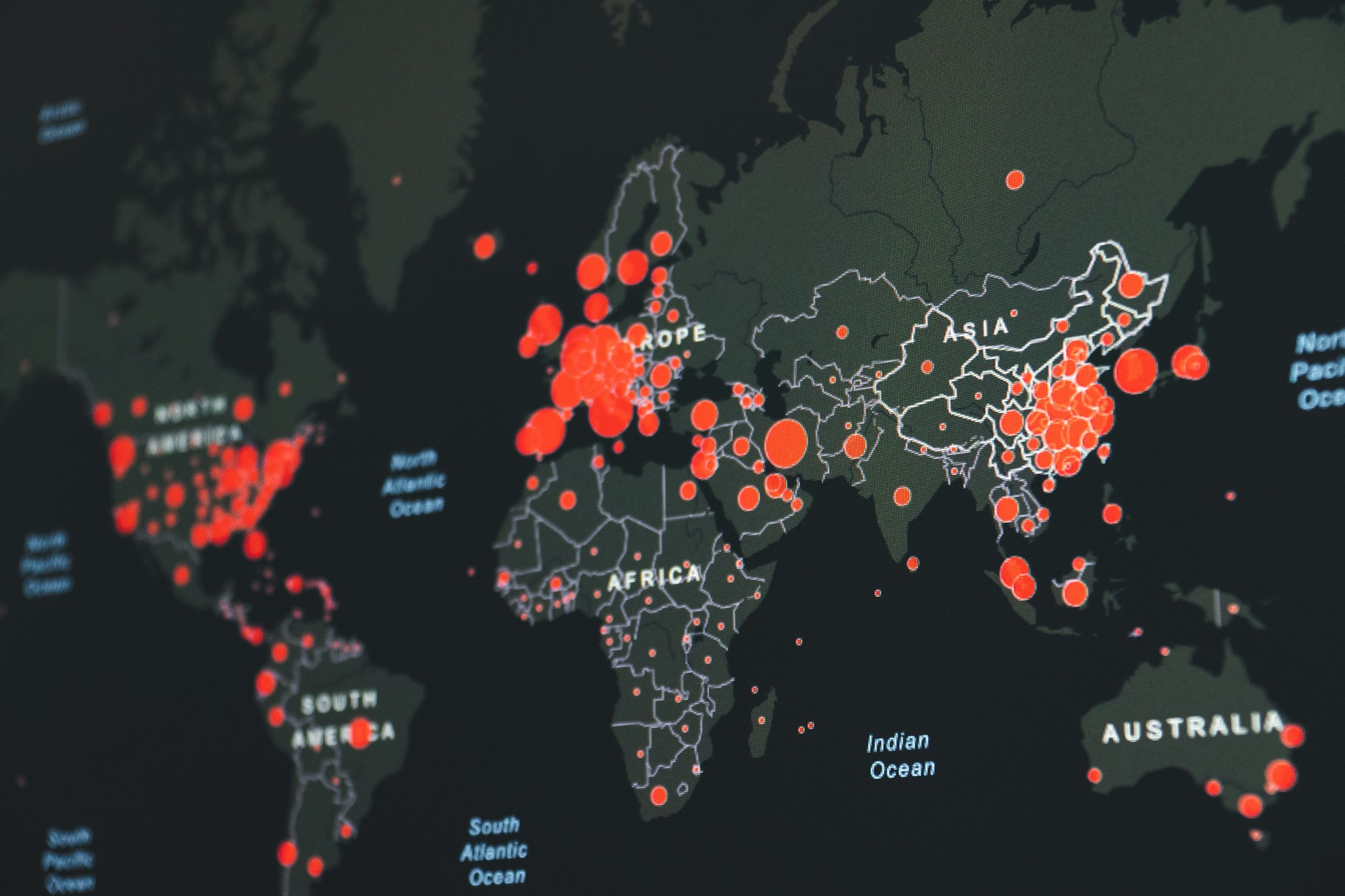What do we call this thing we call flipped learning?

I've mentioned before that I am currently working on a book on flipped learning that will hopefully be published in 2017. (It's being sent in to the editors on September 1 no matter what; from that point forward I can't say.) The book is tentatively called Flipped Learning in the University: A Users' Guide. Along with figuring out where the apostrophe should go in the word Users', the hardest part about coming up with this title was the first two words. I wanted to write a little about why, in my mind, I am choosing to go with the term flipped learning as opposed to any other synonyms for this idea and why I intend to stick with it.
Why would I want to write about something as pedantic as the label we attach to this pedagogical model? I believe that words mean things and the names we attach to the things we care about serve as little icons that can tell a very brief story about the things themselves. I think flipped learning is at the point now where it's past the point of being the Next Big Thing in Education, and the first order of business, it seems to me, in moving the conversation about flipped learning forward is just figuring out what story we want to convey by way of the terminology we use.
So: There are three terms that are used the most often when describing the pedagogical model that I call "flipped learning":
- The inverted classroom. This one is the most historically appropriate term, at least for higher education, because the first published paper that proposed replacing in-class lecture with pre-recorded video in order to clear out space for active learning during class time used this term to describe the model. That paper came out in 2000. That particular term since then has been somewhat lukewarmly received. An ERIC database search shows only 17 mentions of "inverted classroom" in the titles or abstracts of peer-reviewed articles in the last five years. I wrote one of those papers; and Lage/Platt/Treglia still use this term. But it's not nearly as popular as...
- The flipped classroom. Most people know that the idea of the flipped classroom was popularized through the work of Jon Bergmann and Aaron Sams, who as you might know were high school chemistry teachers who came up with the idea of recording their lectures for outside-of-school access so that class time could be spend on active learning tasks[1]. This all started to happen around 2007. But what a lot of people don't realize is that the term "flipping" did not originate with Bergmann and Sams but rather with Karl Fisch, another high school teacher, who got the idea of flipping from a Bergmann/Sams workshop and started to use it himself; then Fisch's work was popularized by Dan Pink in a blog post for the Telegraph posted in 2010 in which the method was cheekily referred to as "the Fisch flip". From there, the term "flipping" caught on, and in 2012 Bergmann and Sams released their widely-used book Flip Your Classroom. This is the term that everybody knows and almost everybody uses. But it's not what I use now; that distinction goes to...
- Flipped learning. I am not sure exactly when and where the term "flipped learning" as opposed to the "flipped classroom" originated. For all I know it might have been with one of my old Chronicle blog posts. It's like the flipped classroom except the word "classroom" is replaced with the word "learning". See how penetrating my insights are?
There are legitimate pros and cons for each of these.
- Inverted classroom: The "pro" here is that, historically speaking, this is the term that should be used. Bergmann and Sams' work trailed the work of Lage, Platt, and Treglia by at least six years[2] and so "inverted" has a more legitimate claim of ownership. Also, let's be honest: "flipped classroom" has now attained such a buzzword status that it's almost unusable in serious academic discourse. "Inverted" conveys the same idea but dodges some of the buzzword stigma. The "con" here is that if you say "I teach using the inverted classroom" then most people will not know what you mean; but "flipped classroom" has instant name recognition.
- Flipped classroom: The "pro" is the name recognition. It's a good brand. This is also the "con". Because it has such instant recognition, the term has the status of a buzzword, which makes it hard to avoid seeing the concept of the flipped classroom as anything but craze, or a fad, like New Coke or the Macarena or Nickelback[3]. It sounds cutesy and it projects unseriousness. It invites cute graphics of stuff turned upside down on almost Every. Single. Conference. Presentation that I have seen about flipped learning.[4] Is this fair? No. But in my experience, at least in higher education, it's the truth. It's hard to get academics with Ph.D.'s to think seriously about something called "flipped classroom", possibly because it sounds like the word flippant or possibly because it sounds like something high school kids do, not adults. Again, this isn't fair or even correct, but the perception is real and it is widespread in my experience running workshops.
That gets us to "flipped learning", the term I prefer. I didn't always prefer it. At one point I argued that we need to migrate to "inverted classroom" and stay there. But now I like "flipped learning", and here's why.
- The term "flipped", while still uncomfortably buzzwordy, has a ton of name recognition that I am not ashamed to leverage. This is to the advantage of those of us trying to promote the concept. I can avoid the conversation that goes: "Hi, would you like to know some stuff about the inverted classroom?" "Is that sort of like the flipped classroom?" When colleges look for people to come work with them on flipped learning, they Google "flipped classroom workshops" and not "inverted classroom workshops". I wish "inverted" had caught on better, but such is life.
- So "flipped" is tolerable, but the word "classroom" actually no longer really even works, at least in higher education. That's because it refers to a physical space -- a classroom -- and not all college courses have these. For example, right now I am teaching Calculus online. We don't have a classroom in which we meet. In fact we don't even meet because it's an asynchronous course. Does this mean I can't use the "flipped classroom"? I think not, but the term "flipped classroom" causes me to fight against unnecessary connotations. It's an anachronism in this day and age of blended learning.
- Furthermore, the whole point of flipping is not on the classroom, but on students, and how they are learning. The learning is what we are flipping, not the space or the context or the time. So that's why "learning" is an appropriate substitute for "classroom".
So that's why I am sticking with the term "flipped learning" until someone proposes something better, and that's why the name of my book is going to be Flipped Learning in the University: A Users' Guide. Words mean things, and a careful choice of words goes a long way.
Actually, Bergmann has written that the idea of video came about due to pure selfishness, because he and Sams got tired of re-teaching stuff to kids over and over again. I like that guy's style. ↩︎
In a personal correspondence with Jon Bergmann recently, I asked him if he was aware of Lage, Platt, and Treglia's 2000 paper, or of other flipped-like pedagogies going on in higher education at the time, when he and Sams were working on their stuff. He said they were not aware. They became aware of the Lage/Platt/Treglia paper just as the Flip Your Classroom book was about to go to press in 2012. With all respect to Bergmann and Sams, whose work I greatly admire, this is a data point that goes to underscore the existence of deep disconnections among flipped learning practitioners. There's a particularly wide gulf between the K-12 world and the higher education world on this point. More about that in a future post. ↩︎
OK, the Nickelback reference might be sort of a low blow. ↩︎


